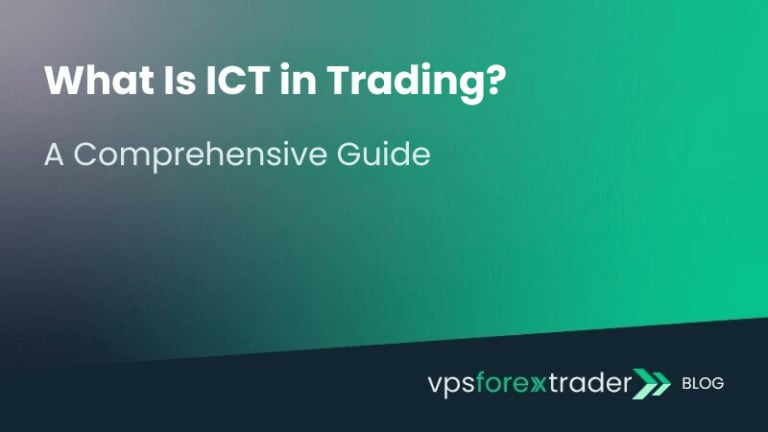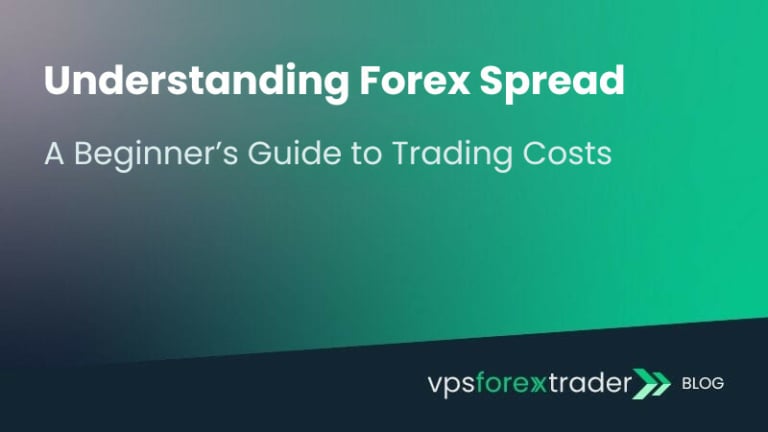Margin trading is a strategy that involves borrowing funds from a broker to purchase stocks, bonds and other securities. The “margin” itself refers to the initial payment or collateral that the broker pays to borrow funds. This strategy allows investors to purchase more securities than they could own with their actual budget. In this post, we will explore how buying on a margin works. We will define terms like what is buying on margin, as well as the cost, risks and benefits of this strategy.

How Buying on Margin Works
So, how margin trading works? Margin investing is basically like taking a loan from a brokerage to purchase commodities. As an investor, buying on margin allows you to buy more stocks than you can normally afford.
Now that you know what does buying stock on margin mean, how does it really work? To use this strategy, you need to open a margin account with a bank or broker. In the margin account, you’ll deposit a specific amount of money (the margin) which will serve as collateral for the loan that the broker will give you to purchase security.
For instance, to buy 1,000 shares of a marginable stock trading at $50 per share, you’ll need $50,000 if you want to buy the stocks directly with your own money. However, if you bought this share at a 50% margin, you’ll only need to fund your account with half of the required money. The other half will be funded by the broker.
Costs Associated with Buying on Margin
Now that you know the answer to questions like what does buying stock on margin mean, what are the costs associated with this strategy?
One of the main costs of buying on margin is the collateral for the loan. This is the margin itself which is typically a percentage of the purchase price of your investment. For instance, if a broker sets the “initial margin” requirement to 50% for a $10,000 investment, you’ll have to deposit $5,000 into your margin account.
In addition to this primary cost of buying on the margin, you must also pay additional fees or interest associated with your margin position. This is usually around 10%, depending on the federal funds rate. Also, if the value of your account’s equity were to fall below a specific level, the broker will initiate a margin call, which will require an additional deposit to return your equity to the required level.

Risks and Rewards of Margin Investing
So is margin trading a good idea? The biggest benefit of margin trading is the possibility of increasing your investment portfolio beyond what you can normally avoid. The leverage provided by margin trading helps to maximize your profit. For instance, in the example above, if you sell the $50 stock at $55 per share, you’ll be making $5,000 as profit (for 1000 shares). This represents a 20% return on your $25,000 investment. The more leverage you get from margin trading, the higher your potential return.
However, with higher leverage also comes a bigger potential for massive loss. For instance, in the example above, if the trade moved in the opposite direction and you sold for $45 instead of $50, you’ll end up with a 20% loss which is double what you would have lost if you paid for the stock directly with your cash. The high buying on margin risks is the main downside of this strategy.
Why Is Buying Stock on Margin Risky?
So why was stock bought on margin considered a risky investment? It’s because margin trading is a high-reward, high-risk strategy. In fact, it is possible to lose more money than you initially invested due to the magnifying effect of this strategy. For instance, if the value of an investment drops below 50%, you’ll be losing more than 50% of the total investment which is above your actual capital.
At the same time, you’ll continue to incur interest on the margin loan balance despite your loss. There’s also a chance that you’ll face forced liquidation if the drop in stock price triggers a margin call.
Margin Trading vs. Options: Key Differences
Let’s consider the differences between margin trading vs options. Unlike margin trading where an investor gets to buy and own more shares than they can afford by paying a margin, options trading involves paying a premium for the right to buy or sell an asset within a specific time frame.
This is a low-risk, low returns strategy because the trading contract gives you the right (but not the obligation) to sell or buy the asset at a set price. It’s essentially speculating on the future price of an asset. If the price goes in the desired direction, then you can exercise your right to buy or sell, but if it doesn’t you’ll simply let the contract expire. The only loss you’ll incur in this case is the premium.
Is Buying on Margin Worth It?
To wrap this article up; is margin trading worth it? Using leverage to trade on margins can increase your gains. But, it also raises your risks and could lead to big losses. It’s a method that you should use with care and good knowledge to avoid serious loss. Because of this, it is wiser to only use this strategy ig you’re an expert.
FAQs
What is buying on margin?
Buying on a margin is a trading strategy that involves borrowing from a broker to cover the cost of an asset. This allows the investor to amplify their potential returns on the investment.
How does margin investing work?
To trade on a margin, you need to open an account with a broker and deposit the stipulated margin cost. The broker then covers the rest of the investment cost.
What are the risks of buying stock on margin?
Buying stock on margin amplifies the risk of an investment just as much as it increases the profit. There’s a chance that you’ll lose more than your initial investment if the trade does not proceed as anticipated.
Why is buying on margin considered risky?
Buying on a margin is considered risky because it amplifies your potential losses. You’ll also need to pay interest and commissions regardless of how the trade goes.
Is buying on margin a good idea for beginners?
No, buying on margin is a strategy best left to professionals and expert traders.
How does margin trading compare to options trading?
Both margin and options give you leverage on a small investment. However, unlike margins where you can lose more than your initial investment, your loss in options trading is limited to your premium.
What are the costs involved in buying on margin?
The costs associated with buying on margin include your initial deposit or collateral, the interest associated with the loan and potential margin calls.







